
AIG’s Code of Ethics requires all members to adhere to the Australasian Code for Reporting of Exploration Results, Mineral Resources and Ore Reserves (the JORC Code), which sets out minimum standards for public reporting of this information.
The JORC Code stipulates “Public Reports of Exploration Results must contain sufficient information to allow a considered and balanced judgement of their significance. Reports must include relevant information such as exploration context, type and method of sampling, relevant sample intervals and locations, distribution, dimensions and relative location of all relevant assay data, methods of analysis, data aggregation methods, land tenure status plus information on any of the other criteria listed in Table 1 that are material to an assessment.
Public Reports of Exploration Results must not be presented so as to unreasonably imply that potentially economic mineralisation has been discovered. If true widths of mineralisation are not reported, an appropriate qualification must be prominently included in the Public Report.”
Care must also be used in relation to recognising “World Class Deposit” or “Tier 1 deposit“. Inappropriate use of, what could be considered entrepreneurial language could contravene the requirement for balanced reporting in public statements made in compliance with the JORC code.
Andrew Waltho
Complaints Committee
Note that there is a fantastic event coming up quickly and tickets are selling out fast.
The Student-Industry Mixer on Thursday 14th October is being held at The Fox Hotel in South Brisbane.
This event is being jointly arranged by the AIG, the IAH, PESA, GSA and ASEG.
The purpose of the event is to connect student and graduate members to industry geoscientists of all career stages, across a variety of career disciplines.
A perfect opportunity to try out your mentoring skills and another great networking opportunity!
Where: The Fox Hotel, Arcadia Room
When: Oct 14 2021
Time: 5:30 for 6:00 pm start
Cost: Students & Graduates: Free, Industry Professionals: $10, Non-members: $15
Registration: Sign up here (https://www.aig.org.au/events/qld-industry-mixer-night/)
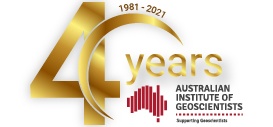
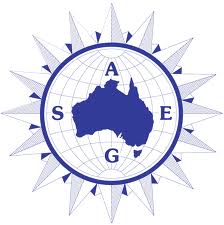

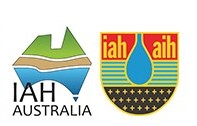
The Australian Geoscience Council are seeking expressions of interest from volunteers interested in becoming the Council’s social media champion.
Details of the role are available here.

Kathy Ehrig was announced as the recipient of this year’s Roy Woodall Medal several months ago.
After several failed attempts relating to the pandemic, the Australian Geoscience Council was finally able to make a formal presentation of our prestigious Roy Woodall medal at the Copper to the World Conference in Adelaide on August 31.
The organisers of this conference are thanked for giving this presentation ceremony a high-profile, with it immediately following the opening address by South Australian Mines Minister, Dan Van Host Pellekaan.
A highlight of the presentation to inaugural winner, Dr Kathy Ehrig of BHP, was the presence of Roy’s widow Barbara, who spoke about Roy’s role in the inception of this award and his mentorship of Kathy. All in all, this was a very moving ceremony, coming as it did only a few months after Roy’s passing.
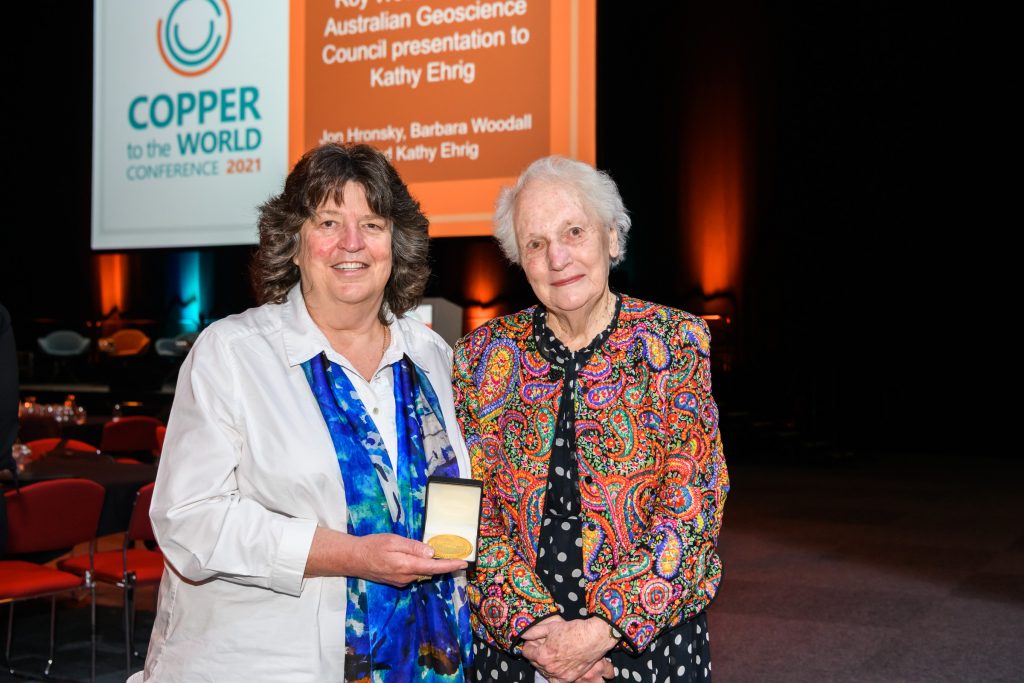
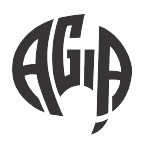
The AGC in association with the Australian Geoscience Information Association (AGIA) has established the Lee Parkin Grant to provide assistance for projects furthering research into geoscience information and data management in Australia. The Grant of up to $2500 is open to members of AGC affiliated organisations who are Australian residents engaged in the practice or study of geoscience information and data management. More information can be found by following the link below.
www.agc.org.au/resources/geoscience-grants/agc-lee-parkin-australian-geoscience-information-association-grant
Much of the mining industry is made up of technical people. Geologists are quasi-scientists, mining engineers are quasi-engineers, metallurgists are quasi-chemists… Most of the critical roles in mining tend to have a technical background.
Probably because of this, we always gravitate towards understanding the technical opportunity a project provides. How can we find more ore, or how can we process it better, cheaper, or in bigger quantities?
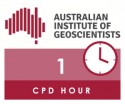
Probably because of this, we always gravitate towards understanding the technical opportunity a project provides. How can we find more ore, or how can we process it better, cheaper, or in bigger quantities?
Often we have been guilty of focusing most, if not all of our energy and resources, on unlocking the geological, or engineering or metallurgical potential of a project. This means that often, we have ignored the non-technical opportunity or importantly the risk present.
In a world where society, in general, is becoming more environmentally conscious, more aware of corporate social responsibility and more questioning of the role or value proposition an industry like mining has to play, it is more common for the non-technical aspects of mining development to ultimately torpedo projects and companies. Every CEO or MD says that their community loves them, that their regulators love them. If that was true, why are there so many projects stalled because of community or environmental concerns?
In this episode, we speak to Tony Reda from Tectonic Metals Inc. (TSX-V:TECT).
Tony is trying to create a company where the non-technical opportunities or risks are just as critical a pillar in the company as identifying the technical opportunities present. They are trying to do the right thing as early as possible. Tony joined us from his home in British Columbia to talk about what challenges he faces in trying to create such a company.
Until next time. Keep exploring.
#ExplorationRadio

AIG is proud to be a sponsor of Exploration Radio
Geoscientist Employment in Australia: Second Quarter 2021
The latest quarterly Australian Geoscientist Employment Survey conducted by AIG during July, recording employment results for the second quarter (April to June) of 2021 recorded a slight decline in the unemployment rate, falling from 5.8% at the end of March, to 5.2% at the end of June. This represents the lowest geoscientist unemployment result since June 2012.
The underemployment rate amongst self-employed geoscientists also decreased from 9.7% at the end of March to 7.9% at the end of June, the lowest rate recorded by these surveys since September 2012.
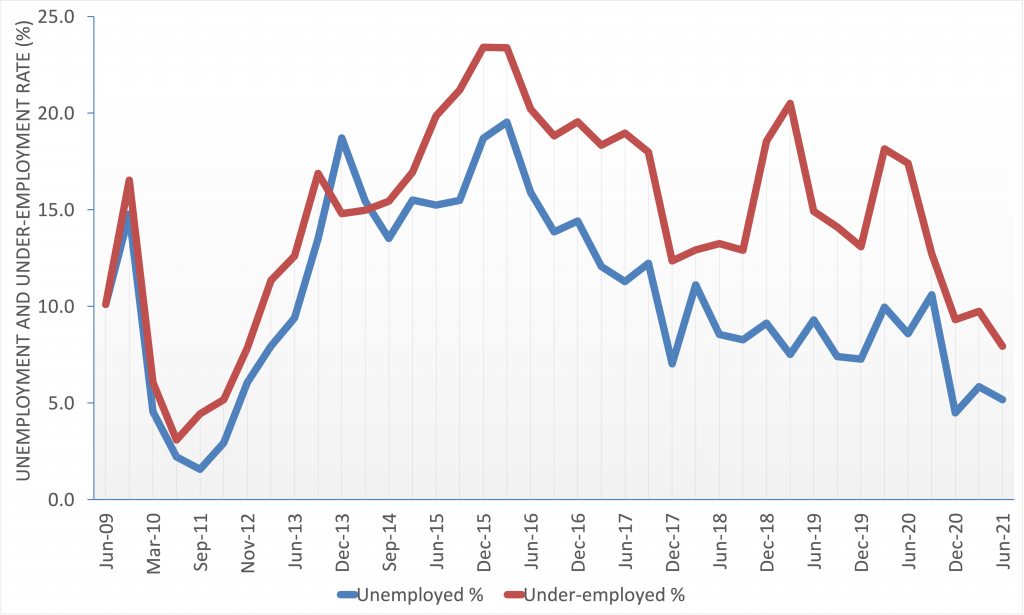
On a state-by-state basis, South Australia recorded a result of full geoscientist employment (no geoscientists responding as being unemployed in the state). The unemployment rate in Western Australia was 3.8%, followed by Queensland with 6.7%, Victoria with 7.1% and New South Wales with 7.7%.
The underemployment rates amongst self-employed geoscientists ranged between 5.0% in Western Australia to 21.4% in South Australia.
| State | Unemployed (%) | Under-employed (%) |
| New South Wales & ACT | 7.7 | 7.7 |
| Queensland | 6.7 | 8.9 |
| South Australia | 0.0 | 21.4 |
| Victoria | 7.1 | 7.1 |
| Western Australia | 3.9 | 5.0 |
Too few survey responses were received from Tasmania and the Northern Territory to produce state-based results.
More than half of the survey respondents who were either unemployed or unable to generate their desired level of self-employment had been unable to do so for more than 12 months, demonstrating that long-term unemployment remains an issue for the geoscience profession in Australia.
Some 44% of unemployed or underemployed geoscientists were not confident of regaining employment within the next year.
In contrast to this, 64% of geoscientists currently in employment were confident of remaining in work for the next 12 months and beyond.
Half of the geoscientists who responded to the survey reported that their employment conditions had been maintained over the past year, while a further 43% reported that their employment conditions had improved.
Some 41% of survey respondents reported having more than 30 years professional experience while only 11% had 10 years experience or less. This potentially points to a looming issue for Australian industries reliant on geoscience skills, knowledge and experience entering the profession to pursue geoscience careers. The result may be influenced by early-career geoscientists not taking up professional institute or learned society membership, but there is other, compelling evidence supporting this view in declining geoscience enrolments at Australian universities and fewer universities offering geoscience courses that help students gain the skills needed to pursue careers in many professional sectors, including exploration and mining. Almost 80% of geoscientists currently working in Australia gained their highest qualifications from Australian universities.
Australia’s resource industries currently employ as many as two in three geoscientists employed in this country.
The next survey will open for contributions at the beginning of October, recording employment during the third quarter of 2021.
Sincere thanks are extended to the geoscientists who contributed to this survey. AIG encourages all geoscientists in Australia to participate in the next survey and promote the survey to their friends, peers, and colleagues to support the Institute’s work to track employment trends in Australian geoscience.
The latest edition of AIG News, the Australian Institute of Geoscientists member newsletter is now available in full colour and digital format and best of all FREE for all readers!
NEW! View the latest AIG News in Click here to view Flipbook! Or download the PDF below:
Inside this latest issue…
From your President;Institute News;Snippets;Education Report;Membership Updates & RPGeo Applications;The History of Mines and Wines conferences;SEG is Celebrating its 100th Anniversary in 2021;Exploration Radio;Employment Survey;New Data Delivers Improved Geoscientist Employment Insight;The National Rock Garden is Moving!;Jocelyn Thompson, retires after 35 year’s service;Campside stories: then and now;JORC Code Workshops Update;2021BBS Postponed to March 2022;Women’s Leadership Scholarships Available;AusIMM/AIG Core Skills Course 2021;QLD, SA, TAS Branch Reports, Events Calendar, AIG Council & AIG News
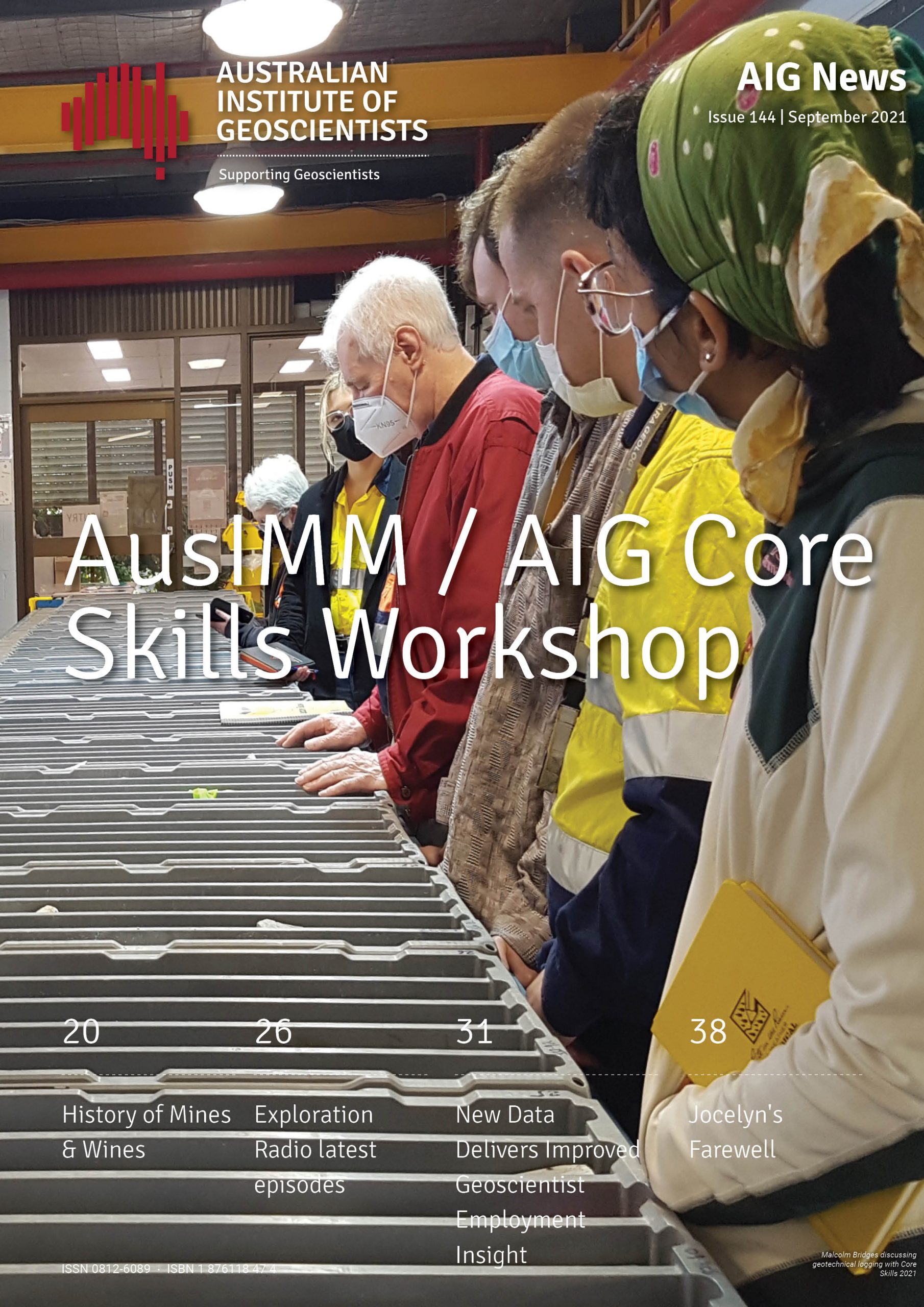
AIG News is optimised to be read with Adobe Reader. Versions are available for printing (with Adobe Reader version 4.1.3 or later) or either reading on-line or downloading for reading off-line with your laptop or tablet (with Adobe Reader version 6.1.5 or later). Both versions have been tested and are compatible with Apple Preview and iBooks for Mac and iPad users.
If you experience any difficulty accessing and reading AIG News using the Adobe Reader versions listed here technical support is available.
We hope that you enjoy the latest AIG News and welcome your feedback.

Exploring Barren Lands with Chuck Fipke
The early 90s marked one of the biggest staking rushes in the Northwest Territories in northern Canada. A hundred years earlier, people had come pouring into the Canadian north looking for gold. This time around, they were looking for something else… diamonds.
At the centre of this new rush was Chuck Fipke and Dia Met Minerals, a junior explorer that had claimed to find the first diamond deposit in northern Canada – beating out giants like DeBeers. This discovery was to became the Ekati diamond mine, Canada’s first diamond mine and the start of the Canadian Diamond industry.Now the story behind the discovery of diamonds in Canada is a long and complicated one. There were a number of people involved and events to cover. Previously we have had Eira Thomas on our show, who was involved in the second major diamond discovery in Canada.
In future episodes, we will cover other aspects of this story. If you are interested in finding out more, then I would highly recommend reading Kevin Krajick’s great book called Barren Lands which provides a lot of the context behind the events leading up to the Canadian diamond discoveries. And if you wanted to know more about Chuck’s personal story, then you should read Vernon Frolick’s excellent book Fire into Ice. On this episode of Exploration Radio, lets out more about Chuck Fipke and his lifelong desire to be an explorer.
Until next time. Keep exploring.
#ExplorationRadio

AIG is proud to be a sponsor of Exploration Radio

This is the final call for women working in the science sector to access leadership development scholarships in 2021.
The final date for expressions of interest has been extended to September 24.
Partial scholarships of $1000-$5000 per person are available for women in the science sector.
The scholarships will be used to assist women to undertake a range of leadership development programs commencing in 2021 and 2022. Due to widespread support, a number of candidates have already secured scholarships and Women & Leadership Australia wishes to thank its industry partners for their support.
Further information is available here: https://www.wla.edu.au/stem.html